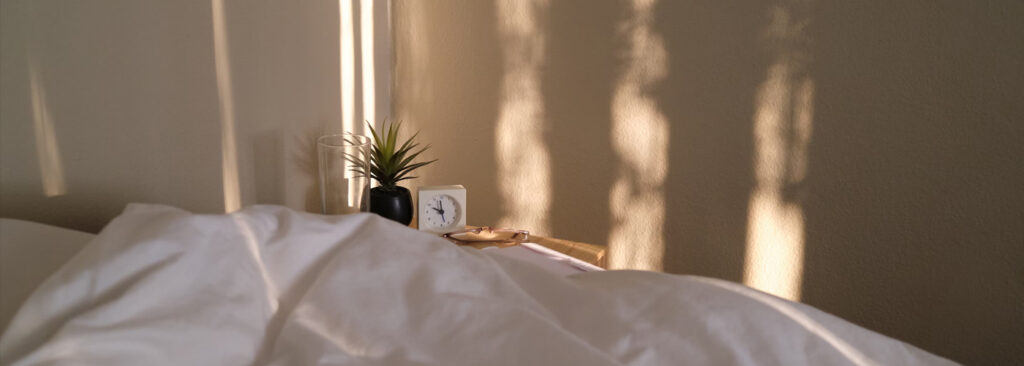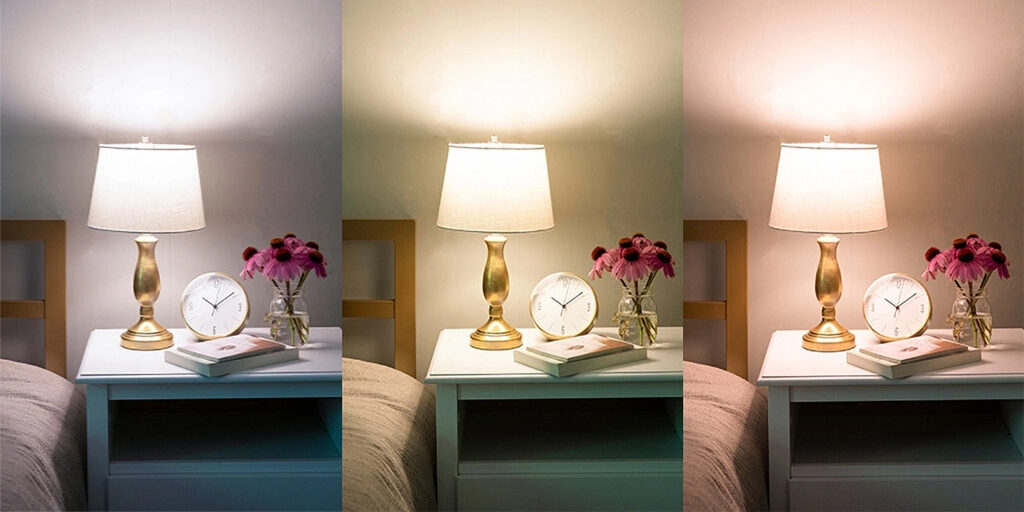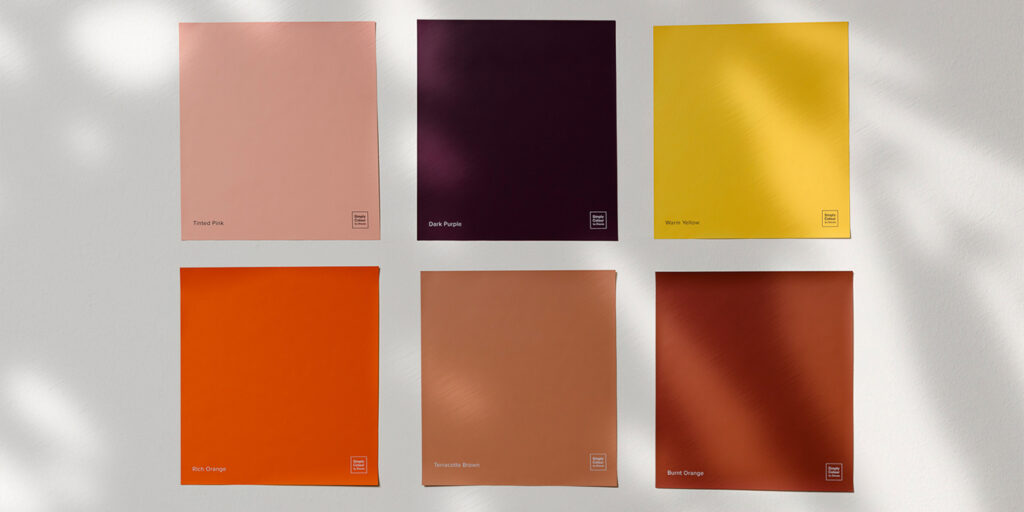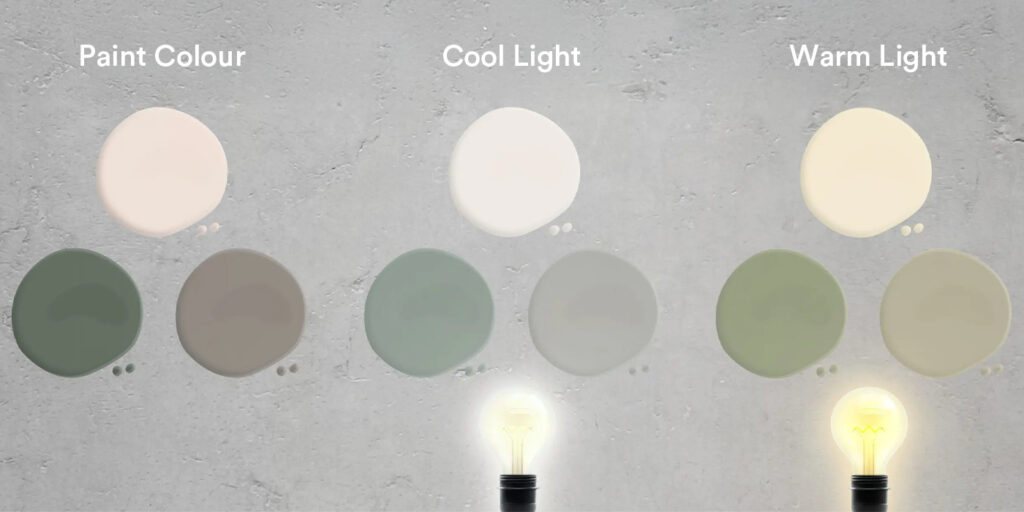How Light Affects Paint Colour in Your Home
Ever painted your walls the perfect colour, only to have it look completely different at night? Or worse—your sophisticated grey suddenly looks purple? You’re not imagining things. Light has a sneaky way of playing tricks on colour, so knowing how light and paint colour works can save you from paint colour regret. Read on to understand how lighting affects paint.
Expert Advice: Paint a sample prior to painting
“The best thing you can do prior to painting is to paint a sample and view it in the morning, at noon, in the evening and at night. You will see how light affects your colour”
-Nick Shave, Shaves Managing Director

The Science of Light and Colour
Let’s break it down. Light and paint’s relationship is intertwined and complicated. Think of your paint like a chameleon, changing colour as different light hits it at different times of the day. The colour of the paint will look, and feel, different depending on a few factors:
- Absorption: Darker colours absorb more light, which can make a space feel smaller and cosier. This is why deep blues and rich greens can feel moody in dim lighting.
- Reflection: Lighter colours reflect more light, making a room appear brighter and more open. Whites and pastels can bounce natural light around, enhancing the feeling of space.
- Undertones matter: That dreamy beige might turn pinkish at sunset or look slightly green under fluorescent lights.
The Type of Light Matters When Choosing Paint Colour
Lighting is one of the most important considerations to think about when choosing a paint colour, because the type of light in the space will change the colour. Two major lighting sources impact how the colour is perceived:
- Natural Light: Sunlight changes throughout the day depending on your room’s direction.
- Artificial Light: Different bulbs give off different hues that can alter colour perception.

How Natural Light Influences Paint Colour
The intensity and warmth of natural light shift throughout the day. Morning light tends to be softer and cooler, while midday light is bright and neutral. Evening light brings warm, golden hues that can deepen or alter colours dramatically.
Additionally, your home’s orientation plays a huge role in how natural light affects colour, and will influence how you choose the best paint for natural light. Here’s what to expect in different rooms and what colours work best:
South-Facing Rooms
- These spaces get cool, dim natural light, which can make colours look darker and bluer.
- Best colours: Warmer tones like creamy whites, soft yellows, or warm greys to counteract the coolness.
North-Facing Rooms
- These areas receive bright, warm sunlight all day, which makes colours appear warmer and more vibrant.
- Best colours: Cooler tones like soft blues, greys, and greens to balance things out.
East-Facing Rooms
- In these rooms, morning light is warm and bright, but afternoon light is cooler and more shadowy.
- Best colours: Versatile shades like soft greens, warm neutrals, and light earthy tones.
West-Facing Rooms
- These areas get bathed in intense evening sunlight, which can make colours look richer and more dramatic.
- Best colours: Muted tones like soft greys, earthy greens, and subtle blues to prevent overpowering warmth.

The Role of Artificial Lighting
When the sun goes down, artificial lighting takes over. The type of bulbs used in a space can completely shift a colour’s tone.
Warm White vs. Cool White Bulbs
- Incandescent and warm LED bulbs give off a yellowish glow, making warm tones feel cosier but washing out cooler colours.
- Cool white and daylight LED bulbs have a bluish tint, making whites crisp but dulling warm hues.
- Fluorescent lighting often has a greenish cast, which can mess with colour perception in unpredictable ways.
Layering Lighting for Better Colour Consistency
Lighting isn’t one-dimensional; it’s not just about switching on a bulb—it’s about creating balance. Different types of lighting work together to enhance a room’s overall feel while ensuring paint colours remain true to your vision.
- Ambient lighting: This is your main light source, like ceiling fixtures or recessed lighting, providing overall brightness to a room.
- Task lighting: Focused lighting such as desk lamps, reading lights, and under-cabinet kitchen lighting help illuminate specific areas where extra visibility is needed.
- Accent lighting: Decorative elements like floor lamps, wall lights (called sconces), pendant lights, and LED strips add moodiness or enhance architectural features or focal points, adding depth and dimension to your space.

Tips for Choosing the Right Paint for Your Lighting
- Test Swatches in Different Lighting Conditions
- Always sample paint on multiple walls and check it at different times of the day. Use Simply Colour’s Peel + Stick swatches for trialling a colour.
- A colour that looks stunning in daylight might turn moody or washed out at night.
- Always sample paint on multiple walls and check it at different times of the day. Use Simply Colour’s Peel + Stick swatches for trialling a colour.
- Consider Undertones and Reflective Properties
- Undertones matter more than you think—make sure your paint works with your light, not against it. Unsure about undertones? Ask a paint expert here.
- Matte finishes absorb light and soften colours, while gloss reflects light and makes colours look bolder.
- Cross-check the colour with your room’s décor, as furniture, flooring, and even curtains can cast reflections that impact how your paint appears.
- Undertones matter more than you think—make sure your paint works with your light, not against it. Unsure about undertones? Ask a paint expert here.

Paint Colours That Work Well in Natural Light
Simply Colour has a curated selection of paint colours designed to work beautifully, consistently in different lighting conditions. For rooms that get all-day sun, almost anything goes. Neutral hues like Sandy White will bounce light back into the room, while golden hues like this best-selling mustard will enhance the sunny vibe. If you’re looking for a calming effect to cool the room down, then this light blue is the one! For rooms that only get morning sun, opt for a shade of mint green that enhances the sunlight and still feels fresh in the afternoon. For rooms that only get afternoon sun, pale greys, like this one, are a neutral and easy going option, just steer clear of blue undertones.

Common Mistakes to Avoid When Choosing Paint Colours
Now that we’ve covered the factors that affect paint colour, here’s a list of pitfalls that can turn your paint update into a paint hate:
- Ignoring how natural light changes throughout the day, and ignoring the orientation of the room.
- Testing paint swatches under only one type of lighting.
- Choosing a colour without considering its undertones.
- Forgetting that sheen levels affect how light interacts with paint. Forgetting that colour in gloss can look a lot darker than the same colour in a matt finish.

Light + Colour = Your Perfect Space
Lighting can be a deal breaker when it comes to paint, but now you know how to work with it, not against it. Whether you’re refreshing one wall or repainting your whole home, Simply Colour has your dream colour that will update your space and inspire you.
Ready to find THE ONE? Explore the Simply Colour collection today.

